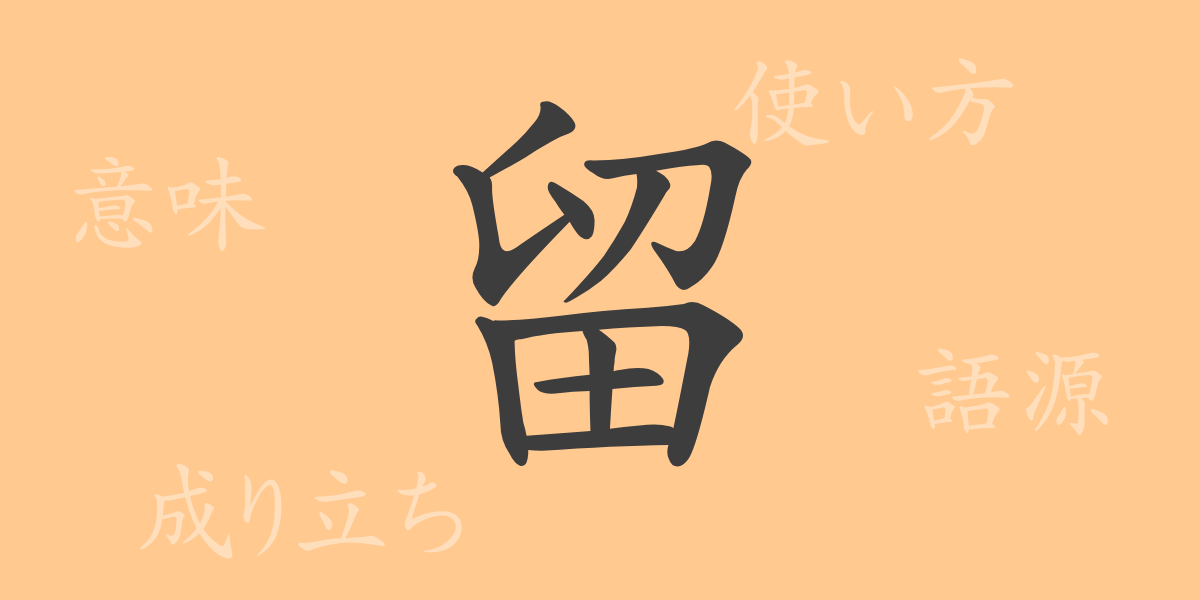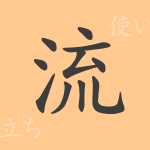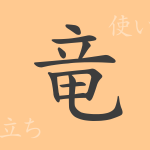The beauty of the Japanese language is symbolized by its complex and profound characters. Among them, “留” (ryū) is a commonly used kanji deeply rooted in our daily lives. In this article, we will delve into the historical background, meaning, usage, and cultural impact of the character “留” (ryū).
The Origin of 留 (ryū)
The kanji “留” (ryū) has evolved from ancient pictographs. Originally, it depicted the act of capturing with a net in hand. Over time, its shape transformed into the current form of “留” (ryū). The character inherently means “to stop” or “to stay,” signifying the temporary retention of something.
Meaning and Usage of 留 (ryū)
The kanji “留” (ryū) carries meanings such as “to stay,” “to stop,” and “to retain.” Its usage spans from physically holding a position to maintaining time or state. Additionally, it is frequently used in daily life in forms like “留守” (rusu) meaning being away from home, and “留学” (ryūgaku) meaning studying abroad.
Reading, Stroke Count, and Radical of 留 (ryū)
The kanji “留” (ryū) is recognized as basic knowledge in Japanese reading and writing.
- Reading: Onyomi (音読み) is “リュウ” (ryū), Kunyomi (訓読み) is “とど.まる” (todomaru), “と.める” (tomeru)
- Stroke Count: 10 strokes
- Radical: 田 (ta) radical
Idioms, Phrases, and Proverbs Using 留 (ryū)
Idioms, phrases, and proverbs containing “留” (ryū) play a significant role in the Japanese language. For example, “留学” (ryūgaku) means studying abroad, “留意” (ryūi) means paying special attention, and “留守番” (rusuban) means house-sitting. These expressions leverage the fundamental meanings of “staying” or “retaining” that “留” (ryū) embodies, closely relating to Japanese life and values.
Summary of 留 (ryū)
The kanji “留” (ryū) reflects the richness of Japanese culture and language through its origin, meaning, and usage in Japanese. This character, naturally used in daily life, forms the basis of communication and plays a crucial role in conveying our history and traditions. Through this single character, one can glimpse the profound depth of the Japanese language.

























